EDUCATIONAL INDICATORS IN SCHOOLS OF THE SECOND AND THIRD CORDON OF LA MATANZA
DOI:
https://doi.org/10.54789/rihumso.22.11.22.5Keywords:
middle level, suburbs, educational indicators, middle level, suburbs, educational indicatorsAbstract
This work is part of a research project on the passage from middle to higher level. Due to the great diversity within La Matanza and the recognition of the impact of social inequalities on graduation possibilities, we focused on the schools corresponding to the second and third cordons. We present a compilation and systematization of the process indicators for the 2017-2019 period. In our analysis we expose preliminary results regarding the differences between cordons, the contrast with the general data of the district and the possible relationships between indicators. Finally, we discuss access to information and the limitations of the available data.
Published
How to Cite
Issue
Section
Copyright (c) 2022 Alejandra Conde, María Alejandra Ramos, Ana Ezeiza Pohl, Carlos Urquiza, Carlos Peliza

This work is licensed under a Creative Commons Attribution-NonCommercial-NoDerivatives 3.0 International License.
The authors that publish in this Journal accept the following terms:
a. Authors retain copyright and grant the journal right of first publication with the work simultaneously licensed under a Creative Commons Attribution License Attribution-NonCommercial-NoDerivs 3.0 Unported (CC BY-NC-ND 3.0) that allows others to share the work with an acknowledgement of the work's authorship and initial publication in this journal.
b. Authors are able to enter separate, additional contractual arrangements for the non-exclusive distribution of this journal's published version of the work (e.g., post it to an institutional repository or publish it inside a book), with an acknowledgement of its initial publication in this journal. All the works published on this Journal are retrieved and safeguarded in the Institutional Repository of this University: Repositorio UNLaM
c. Authors are allowed and encouraged to post their work online (e.g., in institutional repositories or on their website) prior to and during the submission process, as this can lead to productive exchanges, as well as to enriching and enlarging the number quotations on the work published.
















